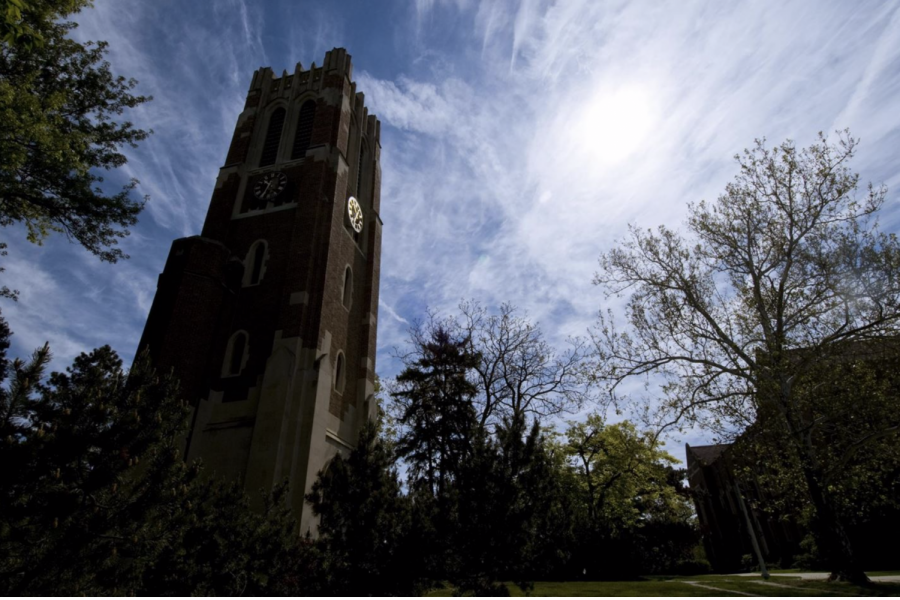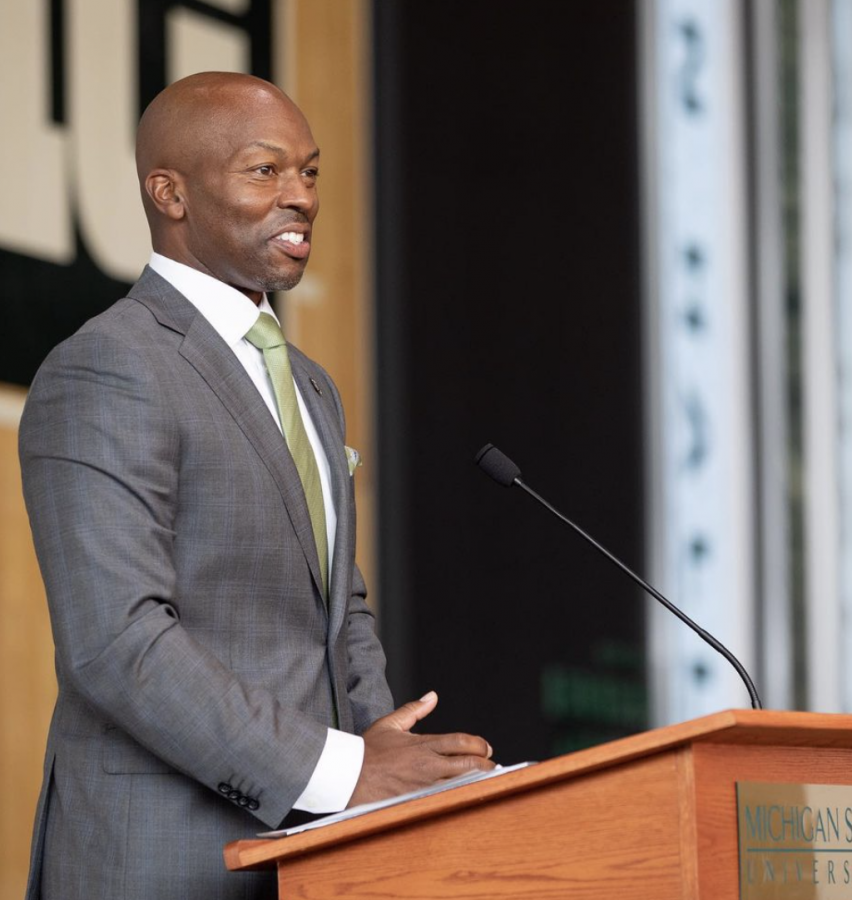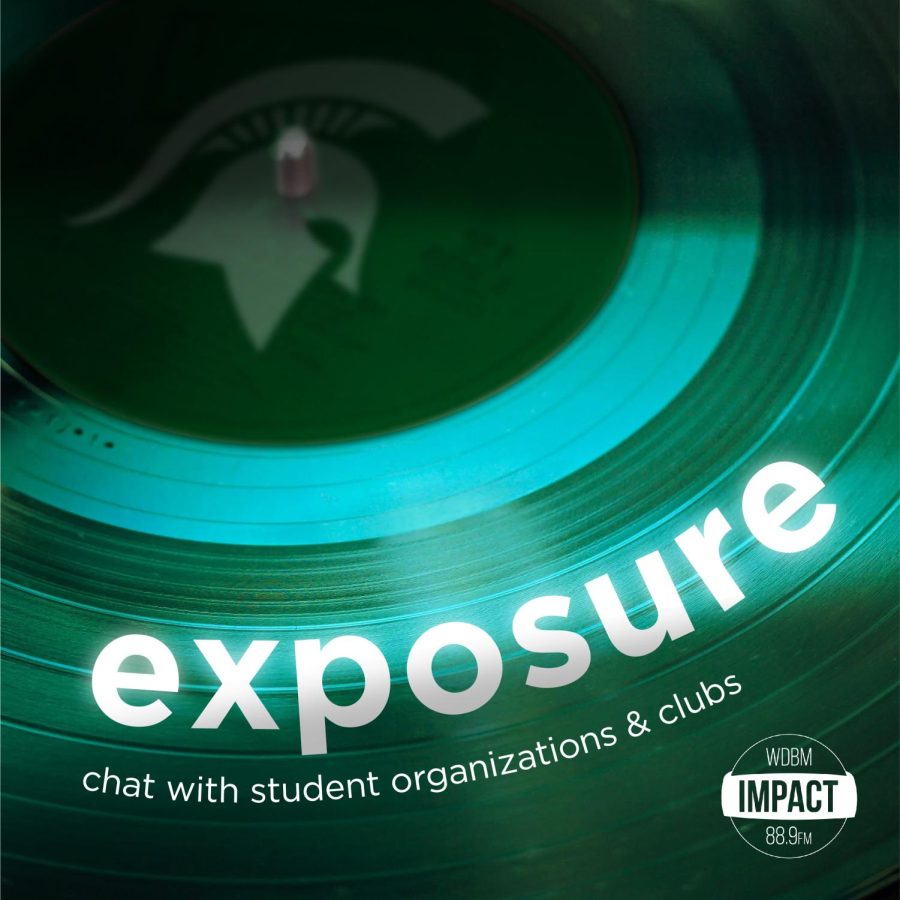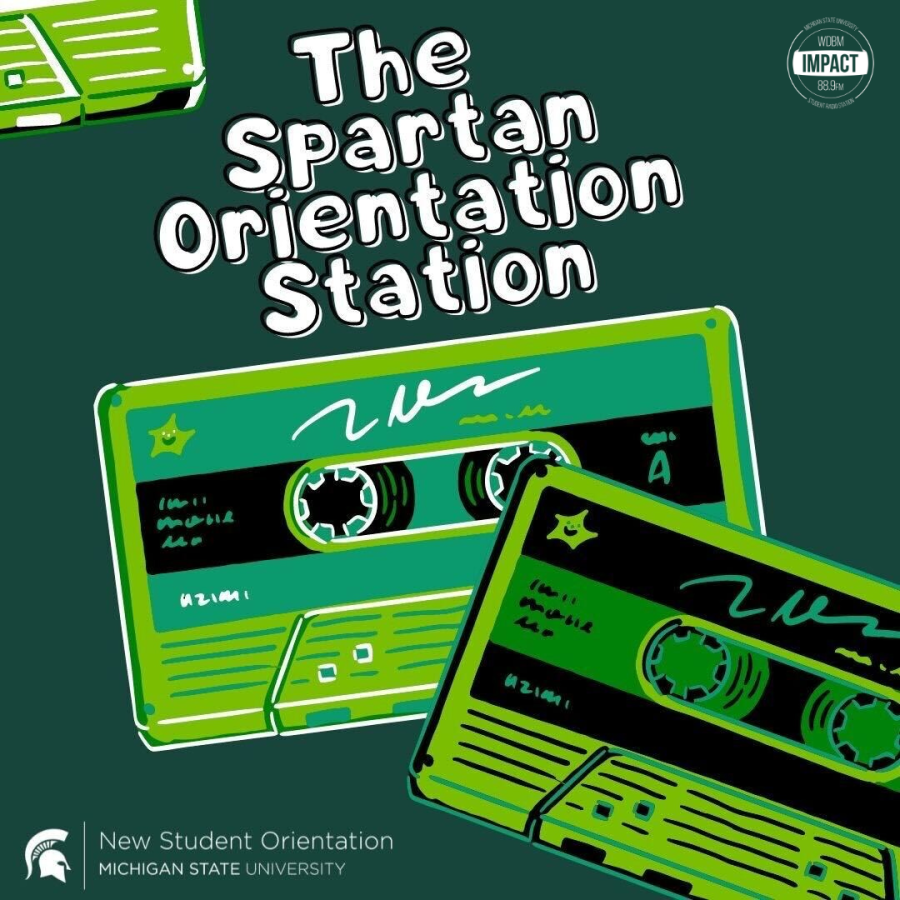Today’s weather forecast is predicting steady rain in the morning with showers continuing into the afternoon with a high of 49 degrees and a low of 45 degrees.
MSU reports meningococcal disease case, risk to campus deemed minimal
A Michigan State University student living on campus has been diagnosed with bacterial meningococcal disease, according to an email sent on Monday from University Physician Dr. Michael Brown.
Bacterial meningitis, as described by the National Institutes of Health (NIH), is a serious infection that causes inflammation and swelling of the brain and spinal cord.
The student reported symptoms on Nov. 9 and has since been treated at a local hospital. Dr. Brown’s email noted that the student is recovering well and has not experienced any severe complications.
In response, the Ingham County Health Department (ICHD) and MSU conducted contact tracing to identify individuals who may have been in close contact with the student. Preventative medical care, including antibiotics, was provided to those at risk, such as roommates and others with prolonged close exposure.
Dr. Brown emphasized that the risk to the broader campus community is minimal, as bacterial meningitis is rare and not easily transmissible. The disease spreads through direct contact with an infected person’s saliva or mucus, including actions such as sneezing, coughing, kissing, or sharing utensils.
Symptoms of bacterial meningitis can develop rapidly or over several days and include high fever, headache and a stiff neck. Other symptoms may include nausea, vomiting, sensitivity to light and rash. MSU urges students to seek immediate medical attention if they experience any of these symptoms, as bacterial meningitis is a medical emergency requiring prompt treatment.
The university is encouraging students to consider getting the meningococcal vaccine, which is available at Olin Health Center and the ICHD. While the vaccine is not mandatory, it is strongly recommended for college students to reduce the risk of severe illness.
How the baseball radar gun got its start at MSU
Fifty years ago, an MSU student had no idea that a short story he was writing about the MSU police would go on to change the art of pitching in Major League Baseball.
Steve Orr was just getting his footing as a new reporter at the student paper, The State News, in 1974 when he covered the new radar guns MSUPD had purchased to catch speeding cars.
The story, titled “MSU police get radar gun,” takes up a mere half-page of the paper and includes a photo of a police officer holding the new tool.
The article reached Danny Litwhiler, the MSU baseball coach at the time, who thought the radar gun technology could be used in his profession. Peter Morris, a baseball historian and author, explained that Danny then asked the police department if an officer could park a radar-equipped cruiser on the field during practice to see if it could track the speed of pitches.
With the cruiser parked between the mound and home plate, Danny had a pitcher throw a ball past the radar gun. When the estimate from the device came back with what seemed to be an accurate response, Danny realized the potential of the tool. He promptly sent a letter to Major League Baseball Commissioner Bowie Kuhn to share the discovery.
Because the company that created the radar gun, a Colorado company called CMI Inc., only saw the tool as use for public safety, Danny contacted John Paulson, inventor of the JUGS pitching machine, to see if he could attach a battery to the gun to do away with the police cruiser.
Thus, a prototype was born. Eventually, the JUGS gun became an essential baseball weapon.
Steve only learned of the impact his newspaper story had last month when Peter sent him an email about it two days before the 50th anniversary of the story on Oct. 10, 2024.
A baseball fan himself, Steve was pleasantly surprised that his story inspired such a change in the field.
He said he was delighted to hear from Peter about his role in baseball history. He immediately sent the story to his family and friends when he learned of the chain of events.
Before the radar gun came into play, Peter said, baseball scouts used to come up with creative ways to determine a player’s skill.
Some would climb up trees to evaluate a prospect from various angles, and others relied on various myths and legends. A common one, called “The Good Face,” was to determine a player’s skill based on whether he had the right “look” of maturity and confidence on his face.
The radar gun made scouting more mathematical and less based on assumptions and myths.
Danny served as the MSU baseball coach from 1964 to 1983 and was referred to as the “Thomas Edison of baseball” by author Dan Gutman in his book about unique baseball inventions, “Banana Bats and Ding-Dong Balls.”
According to the Michigan Baseball Hall of Fame, which inducted Danny in 2023, he is responsible for over 100 inventions and innovations introduced to aid in coaching and development.
The radar gun has come a long way from its start in a cruiser parked on a field to now a hand-held device carried by baseball coaching staffs across the country.
While still used by Major League Baseball teams, it is also still up-and-running in the very place it started.
Based on original reporting by Jessica Pruitt and Hannah Holycross.












